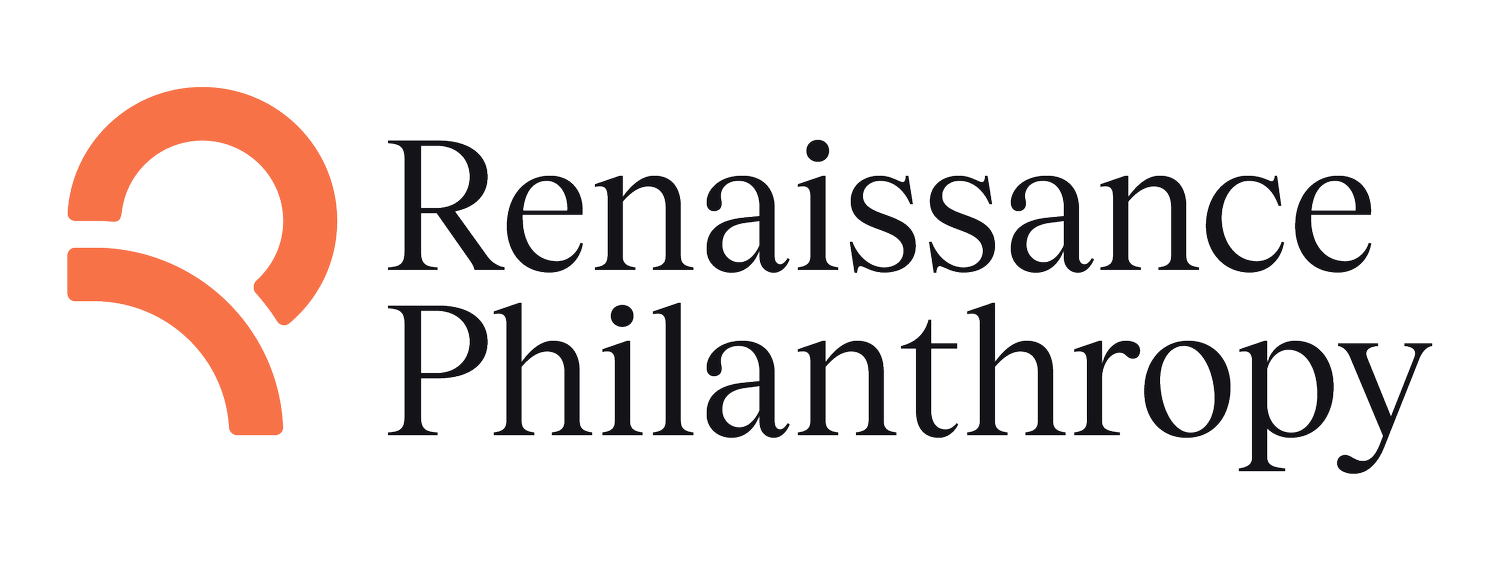Philanthropically-Funded Loan Guarantees to De-Risk Private Investment in Sustainable Infrastructure Development
About Tertiary Impact Capital
Tertiary accelerates the pace, scale and deployment of technological innovation by sourcing, structuring and monitoring loan guarantees for sustainable infrastructure projects backed by private philanthropic capital. By putting funds at risk instead of giving it away as grants, Tertiary offers philanthropists a new way to have impact.
The Problem
Current investment in sustainable infrastructure is insufficient to achieve low-carbon and sustainable growth. Recent estimates point to an annual investment gap of $3.5tn USD per year in new energy, industry and transport systems over the next thirty years. This equates to about 60% more than today’s capital expenditures for sustainable infrastructure assets.
Commercial investors are not deploying capital for sustainable infrastructure development due to unacceptably high real and perceived risks. A mix of country, business model and technology risk conspires to keep private capital on the sidelines. For deployment of new technologies in mature markets, the often lamented ‘missing middle’ between venture capital and debt financing at both the corporate and project level continues to present significant challenges. For proven technologies in emerging markets, borrowing costs are routinely 3-5x higher than in advanced economies. Moreover, underwriters in some markets may still view even mature, proven technologies like solar as nascent and thus too risky for bank financing, hindering deployment.
Current approaches are too slow and complex. Despite their significant resources and stated aims to attract private investment, multi-lateral development banks (MDBs) only mobilize about $50bn USD annually for sustainable infrastructure in emerging markets. Furthermore, U.S. government backing for sustainable infrastructure, both domestically and internationally, has almost entirely ceased.
The Solution
Loan guarantees are the cheapest and fastest way to overcome these risks. Guarantees and other credit enhancements have the potential to mobilize 25x more financing than concessional loans (the so-called “blended finance” approach often preferred by the public sector), and can be used quickly to get capital flowing for marginally bankable infrastructure projects that have already been fully diligenced by lenders. Despite their promise, guarantees only account for 5% of MDB financing. The result: MDBs and DFIs mobilize less than $1 of private capital for every dollar of public capital deployed.
Leveraging a vast pool of philanthropic capital. There are over $250bn USD in existing donor advised fund (DAF) assets, projected to grow to over $1tn in the next 10 years. The popularity of these funds is understandable - they offer high net worth individuals a quick and simple way to realize tax benefits when they have a major inflow of income, without having to decide immediately on a worthy charity to give these funds to. Driven by these tax planning considerations, there is now a very large and growing pool of philanthropic capital that is effectively sitting on the sidelines, not yet deployed in the form of grants and also, typically, not invested for impact. By pledging DAF assets to guarantee sustainable infrastructure projects – without moving the money anywhere – philanthropists can realize large-scale impact today without spending down their funds, allowing them to remain invested in the market in existing accounts.




